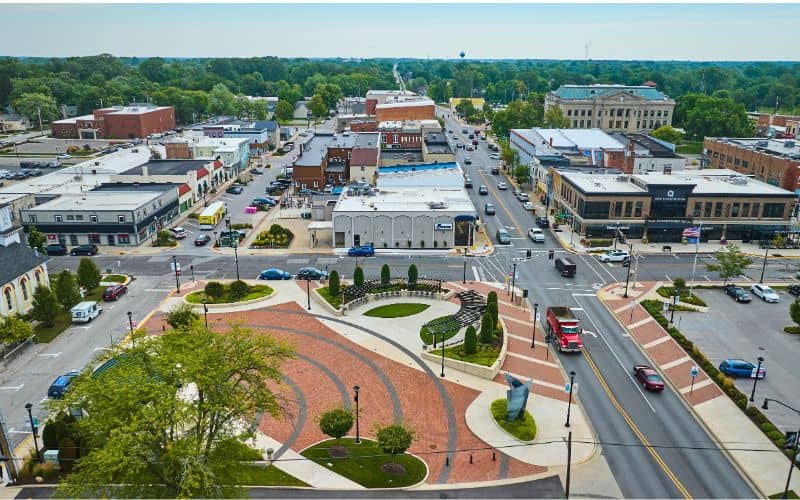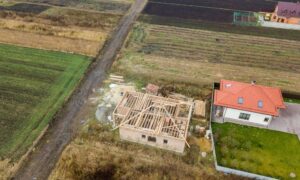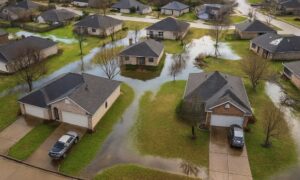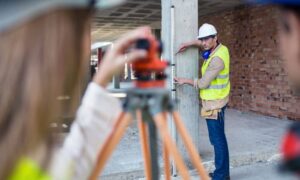
Auburn, AL is entering a new phase of smart growth. With new neighborhoods, road upgrades, and campus expansions on the rise, Auburn’s city planners and developers are relying more on advanced land surveying technology to build smarter and more sustainably. One of the most transformative tools in that effort is LiDAR mapping. By producing highly detailed, 3D views of terrain and surface features, LiDAR enables more accurate, efficient, and forward-thinking land development..
How LiDAR Mapping Powers Auburn’s Growth
Auburn’s Vision for Smart Development
As Auburn prepares for future growth, city planners are prioritizing data-driven decision-making. LiDAR, or Light Detection and Ranging, provides critical data that supports infrastructure upgrades, housing expansions, and smart zoning. This is especially valuable in Auburn’s mixed landscape of natural areas, hillsides, and urban development zones.
The Auburn 2040 Plan and LiDAR Integration
Auburn’s long-range planning initiative, often referred to as “Auburn 2040,” highlights sustainable development, improved transportation, and flood resilience. LiDAR data plays a key role in:
- Mapping future transit corridors with precision
- Planning green infrastructure in flood-prone zones
- Guiding zoning changes with accurate terrain data
Emerging Projects That Use LiDAR Technology
1. Auburn Innovation District
This technology-focused development near Auburn University is set to blend academic, residential, and business spaces. LiDAR supports its foundation by helping survey sloped land and ensuring compatibility with surrounding infrastructure.
2. South College Street Corridor Redevelopment
As this key corridor undergoes revitalization, LiDAR maps help city planners assess existing drainage systems, redesign intersections, and plan new bike/pedestrian pathways with millimeter accuracy.
3. Creek Management & Urban Watershed Projects
LiDAR is used in Auburn’s stream restoration and water quality efforts to model terrain, measure watershed changes, and assess stormwater impact. This supports more sustainable land use and environmental preservation.
The Long-Term Benefits of LiDAR for Auburn
- Reduces Planning Time and Errors: More accurate base maps reduce revisions and construction delays.
- Enhances Public Safety: Identifies flood zones and unstable terrain before building begins.
- Supports Smart City Goals: Integrates with Auburn’s GIS and digital planning systems for real-time data modeling.
Auburn’s Next Steps: Expanding LiDAR Use
As more city departments and private developers see the value of LiDAR, Auburn is expected to expand its use across:
- Road improvement and traffic modeling projects
- Affordable housing developments
- Campus infrastructure at Auburn University
- Environmental conservation zones
Auburn Builds Smarter with LiDAR
LiDAR is more than just a high-tech mapping tool—it’s a foundation for Auburn’s future. From improving roads and reducing flood risks to supporting smart zoning and efficient building, LiDAR ensures Auburn’s growth is both progressive and sustainable. As Auburn looks ahead, LiDAR will continue to shape its transformation into a model 21st-century city.





